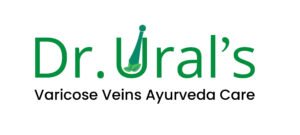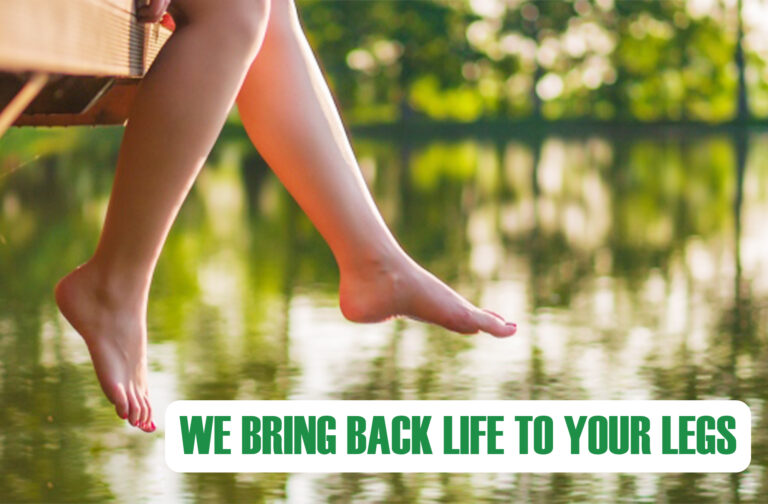
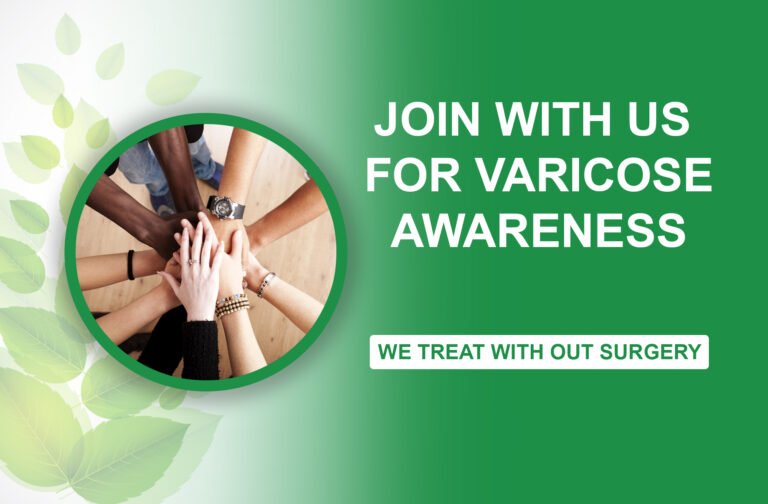
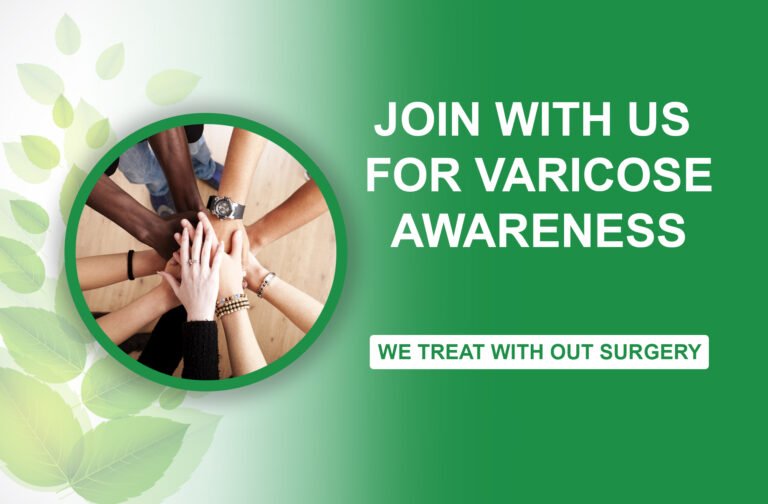
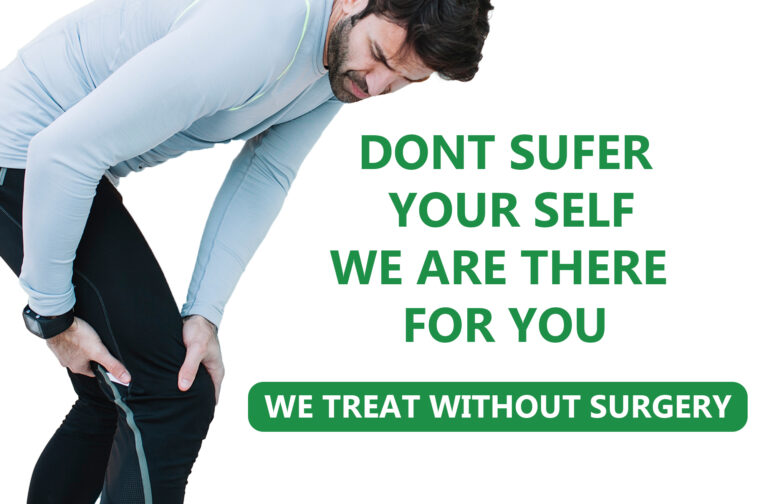
Venous Insufficiency
Condition in which veins have difficulties in returning blood to heart from legs is known as venous insufficiency. If the condition continue for a prolong period it result in Chronic Venous Insufficiency which subsequently leads to multiple disease and complications.
Veins are blood vessels, most of veins carry deoxygenated blood from the tissues back to the heart. After the capillaries [Fine branching blood vessels that form a network between the arterioles (ending of artery) and venules (Beginning of vein)] release oxygen and other substances from blood into body tissues, they feed the blood back towards the veins. First the blood enters microscopic vein branches called venules. The venules conduct the blood into the veins, which transport it back via superficial veins to deep veins either through perforator veins or communicating veins then heart through venae cava
Veins are less muscular than arteries, superficial veins are often close to skin and most of veins has valves which are bicuspid (tow) flap like structures made up of elastic tissue. Valves are the guards which avoid back flow of flood so that blood moving in one direction to reach heart.
They are translucent but appear blue because of subcutaneous fat absorbs low-frequency of light, permitting only the highly energetic blue wavelengths to penetrate through the dark vein (Veins blood has low oxygen concentration thus make the blood dark red coloured) and reflect back to the viewer. The colour of vein varies by individual skin appearances, oxygen concentrate in blood, size of vein and position (deep or superficial) but they are really grey-white coloured when vein is drained of blood and removed from an organism.
Predisposing causes:
Venous blood flow or venous system is complex for several reasons;
Easily collapsible nature as they are less muscular
The low pressure within the veins in comparison with arteries
flow rates that vary from high (during muscle contraction) to almost no flow during quiet standing or sitting positions
Blood flow and valves are naturally towed down by earth gravitational force
Veins are also called “capacitance vessels” because most of the blood volume (60%) is contained within veins.
Once the blood has passed from the arteries through the capillaries, it is flowing at a slower rate as little pressure remains to push the blood along. Healthy legs have veins with smooth, elastic walls that are perfectly designed to adapt to the changes in pressure within a vein hence elderly are more predisposed.
Secondary causes :
This can happen because of age (elderly) as naturally muscles loose tonicity
Tall height
Female gender are twice as likely develop (less musculature)
Pregnancy and childbirth, especially multiple births
Medication like contraceptive or infertility can induce estragon or progesterone
Not enough exercise
Working conditions in sitting or stand for long period’s or lifting heavy weight
Overweight and obesity
Prolonged constipation or standing
Abdominal tumors
Tobacco smoking and alcohol
History of trauma or veins damaging injury
History of deep vein thrombosis in legs
Hereditary
Cramp in legs
Dull aching and heaviness
Pain worsen on long standing
Rest with foot elevation relives pain and heaviness
Leg swelling
Skin changes;
Sensitive/ irritated/ Itching and easily cracks
Discolouration
Contact demerits
Weepy skin
Varicose vein
Thickening and hardening of leg skin
Delay in wound or ulcer in legs
- Vascular or duplex ultrasound may be used to examine the blood circulation in your legs and rule out other cause like clot, valve issues
Varicose vein | Lipodermatosclerosis |
Cellulitic Venous Ulcers | Phlebetic lymphedema |
DVT | Post Surgical Varicose Ulcers |
Hyperpigmentation | Trophic Ulcers/ Pressure Ulcers |
